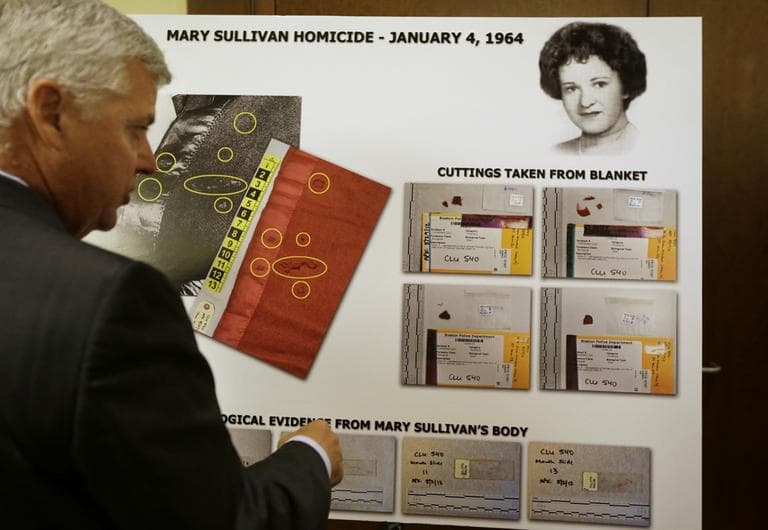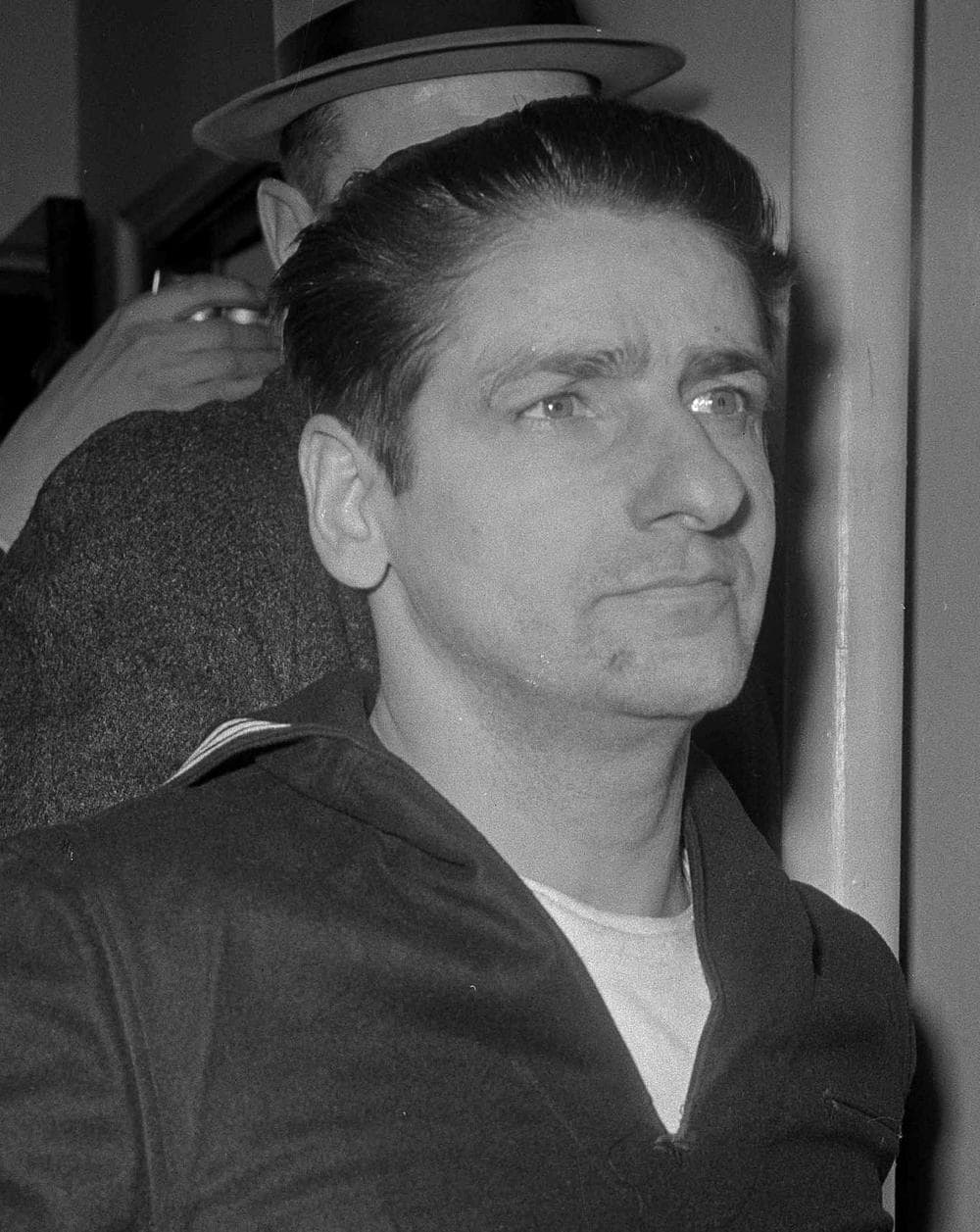Advertisement
New Evidence Links DeSalvo To Strangler Victim

After almost half a century, law enforcement officials say they have new evidence virtually proving who killed the last victim in the Boston Strangler case. With the exhumation of Albert DeSalvo — who once admitted to the killings — from a Peabody cemetery Friday, police believe they will be able to confirm he killed Mary Sullivan in 1964.
But rather than put to rest speculation surrounding the serial killings, the new genetic evidence and the way it was obtained are raising some questions.
New Forensic Evidence
The first murder occurred on June 14, 1962. The body of Anna Slesers was found brutally molested, strangled and murdered in her third floor apartment near Boston's Symphony Hall. For the next 18 months, the killing of women — young and old — continued in and around the city.
Albert DeSalvo confessed to the murders while awaiting trial for a series of sexual assaults. He described to police in great detail the way he killed his victims — especially his last one, 19-year-old Mary Sullivan, who had moved from Cape Cod to a Beacon Hill apartment just four days before she was murdered.

DeSalvo would later recant his confession and was killed in prison in 1973 while serving a life sentence for robbery and sexual assault. He was never prosecuted for any of the Boston Strangler murders.
"There was no forensic evidence to link Albert DeSalvo to Mary Sullivan's murder until today," Suffolk County District Attorney Daniel Conley said at a news conference Thursday to announce a breakthrough in the case.
"Advances in the sensitivity of DNA testing have allowed us to make a familial match between biological evidence recovered from the crime scene and a suspect in Mary Sullivan's murder," Conley said. "That suspect is Albert DeSalvo."
For 49 years, investigators had preserved small pieces of blanket from Sullivan's bed. Using a new genetic test, they matched semen found on the blanket with another piece of evidence they recently obtained.
"Boston Police retrieved a water bottle that one of Albert DeSalvo's nephews drank from and discarded," Conley explained.
Advertisement
A Boston officer, trained in surveillance, took the bottle with the relative's DNA and two labs independently confirmed the genetic link.
Attorney Elaine Sharp, who represents the DeSalvo family, was livid after learning of the new evidence.
"To surreptitiously get a sample of his DNA is, I think it's outrageous," she said. "I think they should have asked us. We offered to cooperate."
Boston Police forensic expert Don Hayes says he can't use the new DNA testing technique on genetic samples from other murders attributed to the Boston Strangler because there aren't any.
"I never had samples of those other cases," Hayes said. "Where those samples went, I don't know. I don't have any information about that."
So the 10 other murders attributed to the Strangler will probably never be solved.
And while investigators say the new evidence may be 99 percent proof positive it was DeSalvo's DNA on Sullivan's blanket, they will exhume his body to confirm.
This program aired on July 12, 2013.
